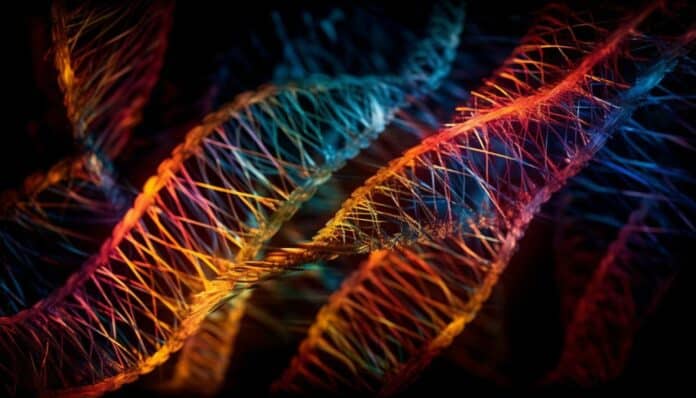The processes that generate new genes and genetic data are not well understood, especially in the case of microRNA (miRNA) genes with highly restricted designs. All miRNA primary transcripts that bind and inhibit their mRNA targets are short gene products (22 nt) that need folding into a stem-loop structure.
Even though a significant portion of miRNA genes are ancient and well conserved, it has been demonstrated that short secondary structures that code for entirely new miRNA genes arise in a way that is particular to certain lineages. A mutation mechanism linked to DNA replication called template switching can produce flawless base pairing for whole hairpin structures in a single event and sophisticated alterations.
Experts at the Institute of Biotechnology, University of Helsinki, Finland, resolved this mystery, describing a mechanism that can instantaneously generate complete DNA palindromes and thus create new microRNA genes from previously noncoding DNA sequences.
As a part of the project, scientists studied errors in DNA replication. They compared DNA replication to typing of text. When DNA is copied, it’s done one building block (base) at a time. Usually, mutations are like typos or mistakes in a single letter, similar to pressing the wrong key on a laptop. However, our research focused on a different kind of error—one that’s like copying and pasting text from somewhere else. Scientists were particularly intrigued by cases where the copied text is reversed, creating a palindrome in the DNA sequence.
Scientists have realized that errors during DNA replication might have positive effects. When they shared these findings with Mikko Frilander, an expert in RNA biology, he quickly saw a connection to the structure of RNA molecules.
In RNA, the building blocks of adjacent palindromes can pair up and create structures that look like a hairpin. These hairpin structures are crucial for the proper functioning of RNA molecules, according to Frilander.
To explore this further, the scientists decided to focus on microRNA genes. These genes have a simple structure – they are very short, consisting of just a few tens of bases. To work correctly, they must fold into a hairpin structure, making them an intriguing subject for study.
A key revelation in our study was using a specialized computer algorithm to model the gene’s history. Postdoctoral researcher Heli Mönttinen highlights that this approach allows for the most detailed examination of gene origins.
By examining the genomes of numerous primates and mammals, we could identify which species possess the microRNA palindrome pair and which do not. Through meticulous modeling of the historical data, we discovered that entire palindromes are formed through single mutation events.
Scientists in Helsinki showed that the recently discovered method can account for at least 25% of the unique microRNA genes by focusing on humans and other primates. Since comparable occurrences have been found in different evolutionary lineages, the origin mechanism is shared by them.
Since the emergence of microRNA genes is theoretically so simple, new genes may have an impact on human health. Heli Mönttinen views the work’s importance in a broader sense, such as comprehending the fundamentals of biological life.
Scientists noted, “The emergence of new genes from nothing has fascinated researchers. We now have an elegant model for the evolution of RNA genes.”
Journal Reference:
- Heli A. M. Mönttinen, Mikko J. Frilander and Ari Löytynoja. Generation of de novo miRNAs from template switching during DNA replication. PNAS. DOI: 10.1073/pnas.2310752120
